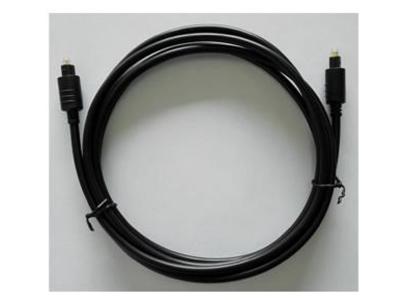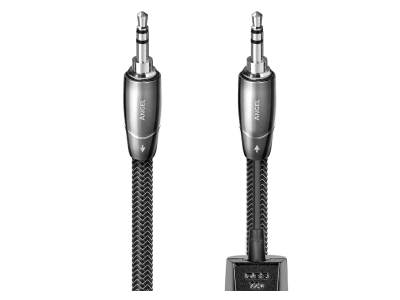Connect a wide range of audio electronics with this AudioQuest Angel 3.5mm Mini analog interconnect, meticulously designed for outstanding flexibility and versatility. Solid Perfect-Surface Silver (PSS) conductors minimize distortion, FEP Air-Tube insulation preserves dynamic contrasts, and a Carbon-Based Noise-Dissipation efficiently dissipates high-frequency noise for cleaner, clearer, more naturally beautiful music.
Key Features & Technology Explained
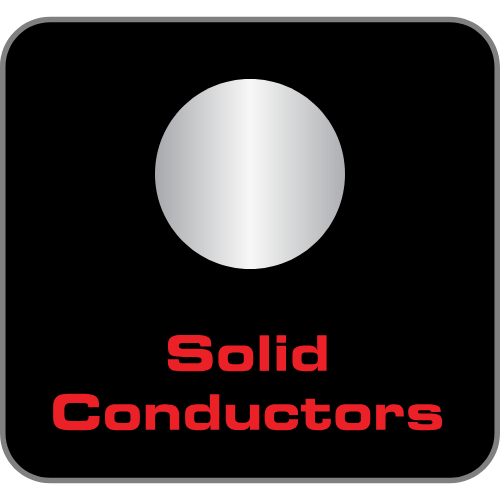
Solid conductors prevent strand-interaction, a major source of dynamic distortion in cables.
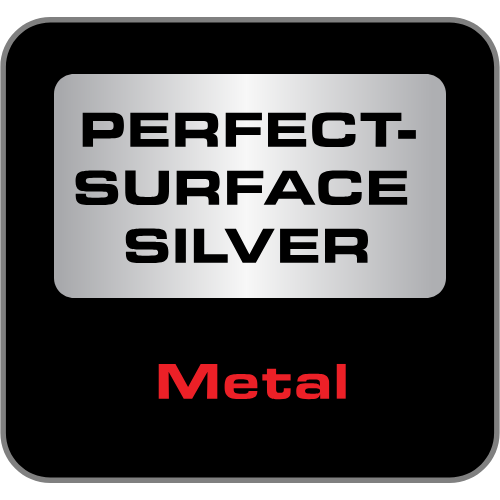
AudioQuest's highest-quality metal. Perfect-Surface Silver (PSS) minimizes distortion caused by grain boundaries and maximizes linear RF Noise-Dissipation.
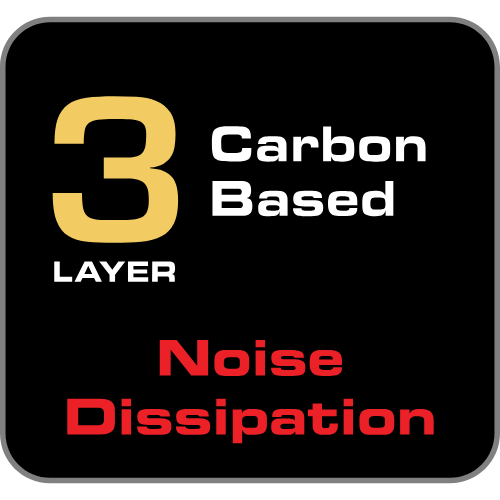
Alternating layers of metal and carbon-loaded synthetics "shield the shield," absorbing and reflecting most RF energy before it reaches the layer attached to ground.
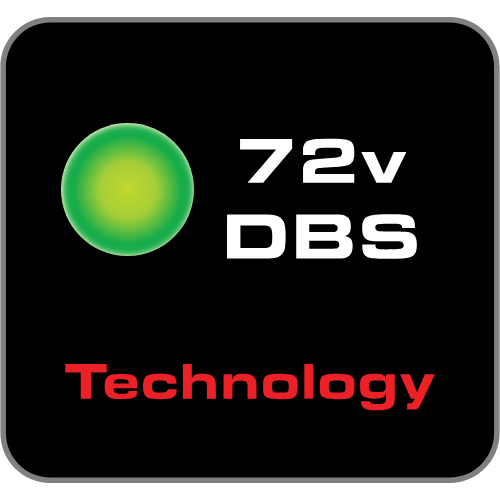
72v Dielectric-Bias System (DBS) saturates and polarizes insulation, allowing clear, dynamic sound against a quiet “black” background.
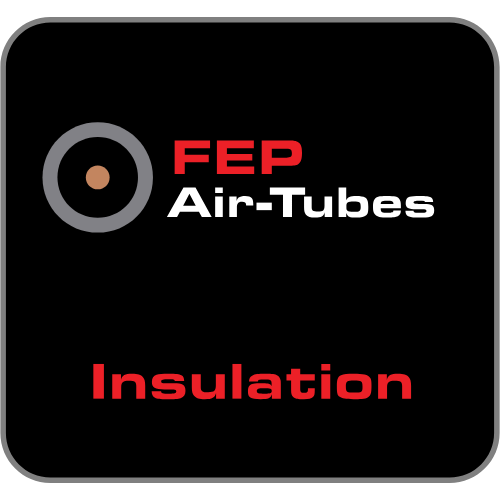
Almost no contact between conductors and insulation reduces smearing and preserves dynamics.
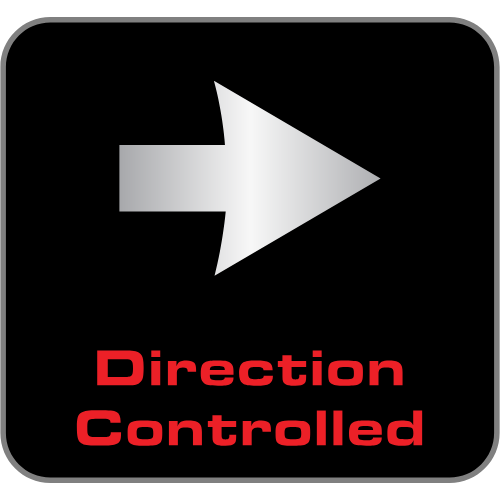
All conductors controlled for RF-noise directionality.
Description
Solid Perfect-Surface Silver (PSS) Conductors
Solid conductors prevent electrical and magnetic strand-interaction. PSS Solid-Silver minimizes distortion caused by grain boundaries and maximizes linear RF Noise-Dissipation.
Carbon-Based 3-Layer Noise-Dissipation
It's easy to accomplish 100% shield coverage. Preventing captured Radio Frequency Interference (RFI) from modulating the equipment's ground reference requires AQ's Noise-Dissipation System (NDS). Traditional shield systems typically absorb and then drain noise/RF energy to component ground, modulating and distorting the critical "reference" ground plane, which in turn causes a distortion of the signal. NDS's alternating layers of metal and carbon-loaded synthetics "shield the shield," absorbing and reflecting most of this noise/RF energy before it reaches the layer attached to ground.
72v Dielectric-Bias System (DBS)
All insulation between two or more conductors is also a dielectric whose properties will affect the integrity of the signal. When the dielectric is unbiased, dielectric-involvement (absorption and non-linear release of energy) causes different amounts of time delay (phase shift) for different frequencies and energy levels, which is a real problem for very time-sensitive multi-octave audio. The inclusion of an RF Trap (developed for AudioQuest’s Niagara Series of power products), ensures that radio-frequency noise will not be induced into the signal conductors from the DBS field elements. (DBS, US Pat #s 7,126,055 & 7,872,195 B1)
FEP Air-Tube Insulation
Positive conductors benefit from almost no contact between metal and its FEP insulation, which is notable for its superior dielectric constant and minimal signal interference. Negative conductors benefit from intentionally “lossy insulation” — no air and no FEP helps maximize the negative connection’s different job.
Asymmetrical Double-Balanced Geometry
Purpose designed for single-ended applications, Asymmetrical Double-Balanced Geometry offers a relatively lower impedance on the ground for a richer, and more dynamic experience. While many single-ended cable designs use a single path for both the ground and the shield, Double-Balanced designs separate the two for cleaner, quieter performance.
Cold-Welded, Direct-Silver Plated Pure Red Copper Terminations
Direct-Silver Plating is optimized for sound, using no underlying layer of distortion-causing nickel, while the highly effective cold-weld process avoids sound-degrading solder.
- Solid Perfect-Surface Silver (PSS) Conductors: Solid conductors prevent electrical and magnetic strand-interaction. PSS Solid-Silver minimizes distortion caused by grain boundaries and maximizes linear RF Noise-Dissipation.
- Carbon-Based 3-Layer Noise-Dissipation: AudioQuest's Noise-Dissipation System (NDS) prevents captured Radio Frequency Interference (RFI) from affecting the equipment's ground reference. Unlike traditional shields that drain noise/RF energy to component ground, distorting the signal, NDS uses alternating layers of metal and carbon-loaded synthetics to "shield the shield," absorbing and reflecting most noise/RF energy before it reaches the ground layer.
- 72v Dielectric-Bias System (DBS): All insulation between conductors acts as a dielectric, impacting signal integrity. An unbiased dielectric causes dielectric involvement, leading to energy absorption, non-linear release, and phase shift, which distorts time-sensitive multi-octave audio. AudioQuest’s DBS uses a 72v bias to prevent these issues. An RF Trap (from the Niagara Series) prevents RF noise from entering signal conductors via the DBS field. (DBS, US Pat #s 7,126,055 & 7,872,195 B1)
- FEP Air-Tube Insulation: Positive conductors benefit from almost no contact between metal and its FEP insulation, which is notable for its superior dielectric constant and minimal signal interference. Negative conductors benefit from intentionally “lossy insulation” — no air and no FEP helps maximize the negative connection’s different job.
- Asymmetrical Double-Balanced Geometry: Purpose designed for single-ended applications, Asymmetrical Double-Balanced Geometry offers a relatively lower impedance on the ground for a richer, and more dynamic experience. While many single-ended cable designs use a single path for both the ground and the shield, Double-Balanced designs separate the two for cleaner, quieter performance.
| Materials & Design | |
|---|---|
| Metal | Solid Perfect-Surface Silver (PSS) |
| Geometry | Asymmetrical Double-Balanced |
| Insulation | FEP Air-Tubes |
| Jacket | Silver on Black Nylon Braid |
| Terminations | Cold-Welded, Direct-Silver-Plated Red Copper |
| Features & Performance | |
| Noise-Dissipation | Carbon-Based + 72v DBS |
| Manufacturing Details | |
| Sold As | Each |
Write a review
Featured Products

PEARL 48 HDMI-0.75M
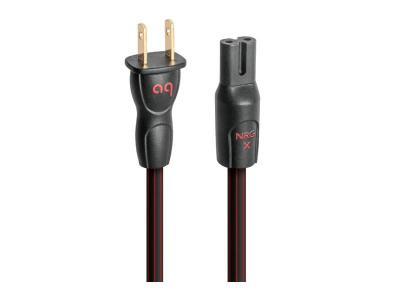
NRGX2USC73M
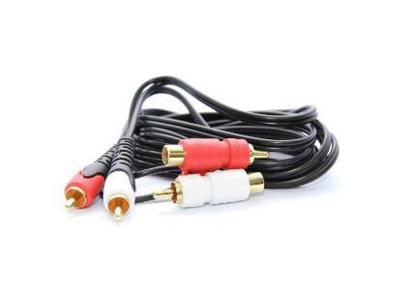
UHS563
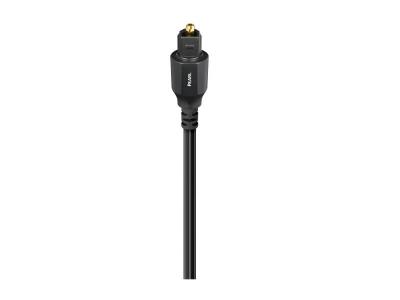
OPTPEA05
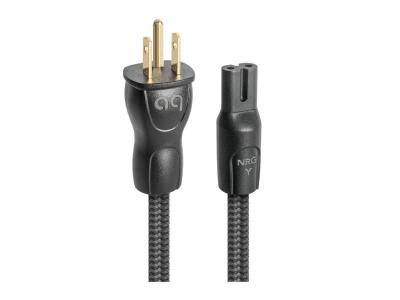
NRGY2US01I
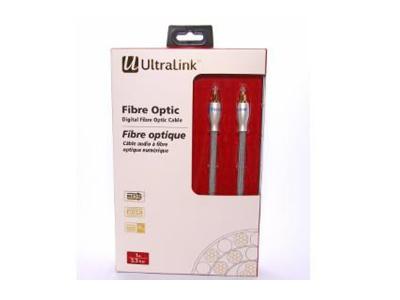
UTD1M
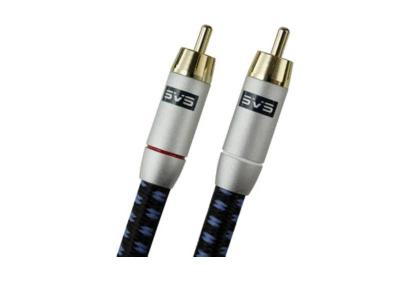
SVS-SP-RCASUB3M
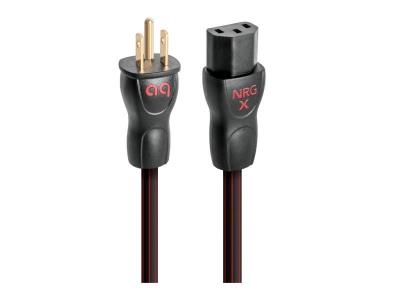
NRGX3USC133M
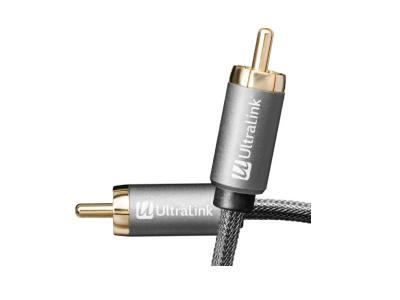
ULP2SW3
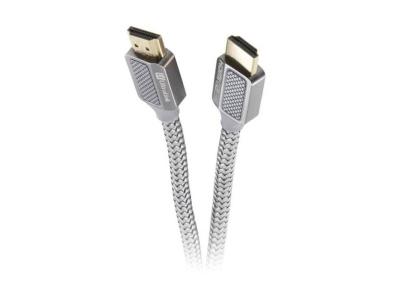
UHD1M8K
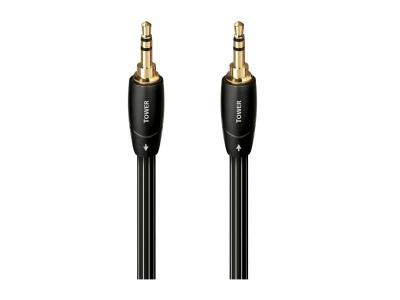
TOWER01M
